Notre Dame reopens in Paris 5 years after fire – its reconstruction preserves the past and illuminates France’s modern ambitions
Published in Political News
Parisians navigating the narrow streets of the 4th arrondissement in recent days may have heard a familiar, yet nearly forgotten, sound. The bells of Notre Dame Cathedral have been ringing again after nearly five years, in preparation for the famed building’s long-awaited reopening.
Notre Dame officially reopens on Dec. 7, 2024, with a liturgical ceremony. The following day, the cathedral will host a public Mass, and its bells will again begin marking the hours of daily life in the French capital.
On April 15, 2019, at about 6:50 p.m., Frédéric Lenica, the chief of staff to Paris Mayor Anne Hidalgo, was among the first to telephone the fire department. Smoke was rising from the roof of the 850-year-old cathedral, and Lenica could see it from Hidalgo’s office. Parisians watched from rooftops as the beloved building burned, and they gasped when the cathedral’s spire crashed through the roof in a torrent of flames at 7:30 p.m.
Those flames were not yet extinguished when French President Emmanuel Macron vowed to rebuild the cathedral, “bigger and more beautiful,” calling it “part of France’s destiny.”
Finally, that process is complete.
I am a humanities professor focused on the cultures of medieval France. After the fire, I began teaching a class called Memory and Monument, which was inspired by the rebuilding of Notre Dame.
Notre Dame is older than France itself. Construction on the medieval cathedral began in 1163, under the direction of the Roman Catholic Bishop Maurice de Sully. The first wave of construction lasted nearly 100 years. Throughout that time, the cathedral served as a laboratory for the innovations of Gothic architecture. It was given giant rose windows – circular, stained-glass windows that resemble flower petals – and 28 flying buttress supports of unprecedented scale to sustain its towering height.
The tension between preserving the past and building the future has defined the cathedral since long before the April 2019 fire.
During the French Revolution, in the late 18th century, revolutionary mobs toppled the stone sculptures in the facade’s gallery of kings and renamed this religious cathedral the “Temple of Reason.”
That name did not stick for long. As the de facto victor of the French Revolution, Napoleon chose Paris’ Notre Dame as the place to crown himself emperor in 1804. Ever since the coronation of Louis the Pious in 816 C.E., French kings had traditionally been coronated at Reims Cathedral in the Champagne region.
Napoleon reversed course, despite the cathedral’s vandalized and dilapidated condition, which he hid behind elaborately draped banners.
Napoleon invited Pope Pius VII to attend the ceremony and then grabbed the crown out of his hands and crowned himself, a shocking break with past norms. France was once proud to call itself the church’s “eldest daughter,” but under the terms of Napoleon’s Concordat of 1801, Catholicism became just one of several recognized forms of Christianity.
Jacques-Louis David’s depiction of Joséphine kneeling before Napoléon during his coronation, as Pope Pius VII sits behind him, is one of the largest paintings in the Louvre museum in Paris.
Victor Hugo’s 1831 novel “Notre-Dame de Paris” mobilized public sentiment and helped to save the battered cathedral from destruction. The novel portrays Notre Dame as the embodiment of history itself. Its living soul is a character both noble and monstrous, the hunchbacked Quasimodo, who has been deafened by the bells that also serve as his – and the cathedral’s – voice.
Hugo’s novel helped spur the 1837 founding of France’s Commission on Historical Monuments, which identified and funded the preservation of historical sites.
The prolific and essentially self-taught architect Eugène Viollet-le-Duc led the restoration of Notre Dame for more than two decades, beginning in 1844.
Viollet-le-Duc is largely responsible for the modern ethic of restoration as returning a historic building to its original state, but he often produced “originals” that had never actually existed. The Notre Dame spire that burned in 2019, for example, was Viollet-le-Duc’s invention.
In his time, it was mocked as a sign of megalomaniacal overreach. Now considered emblematic of the medieval cathedral, it was one of Viollet-le-Duc’s embellishments.
In other words, what people may consider authentic and timeless can be a product of another era’s nostalgia or imagination.
Notre Dame has been a UNESCO World Heritage Site since 1991.
Immediately after the 2019 fire, President Macron sparked controversy when he floated the idea of bringing a “contemporary gesture” to rebuilding the cathedral. His then-prime minister, Edouard Philippe, launched an unofficial call for proposals via Twitter.
Designs flooded the internet. Crowd favorites included a rooftop swimming pool. Another proposed a rose window branded with the insignia of Louis Vuitton, after the company pledged $211 million toward Notre Dame’s restoration.
The 1964 Venice Charter, a globally recognized reference document for cultural preservation activities, stipulates that heritage monuments should be altered as little as possible. Bowing to widespread pressure, by July 2020, Macron declared that Notre Dame should be rebuilt “à l’identique,” or “exactly how it was.”
Macron’s “identical” cathedral, led in its reconstruction by architect Philippe Villeneuve, both heeds UNESCO norms and reaffirms a connection between France’s past and its present.
The cathedral’s 21st-century restorers have masked the seams between old and new. More than 1,000 people from across the world have worked on the project. They include artisan carpenters, glassmakers, painters and stonemasons. Q-tips in hand, restoration experts have painstakingly wiped away soot and grime. Together, they have rediscovered and recreated layers of the cathedral’s history within its resurrected form.
Each of Notre Dame’s bells has a name, including nine tower bells that were cast in 2013 in honor of the cathedral’s 850th anniversary. Marie, for example, hangs in the south belfry, alongside the only bell that survived the French Revolution, Emmanuel, which dates to 1683 and rings in F-sharp. All 10 bells survived the flames.
In 2022, sound artist Bill Fontana connected sensors and remote speakers to the cathedral’s bells. Though unringing, they were far from silent. Instead, the sensors captured the vibrations of Paris life and were amplified by the speakers.
Notre Dame today embodies the nation’s past and present. A bronze plaque just outside the cathedral’s base marks France’s “kilometer zero”: It is the point from which all distances in France are measured.
French media sometimes refer to Notre Dame as the “chantier du siècle.” It is a phrase that means both the “project of the century” and, more ambitiously, “history’s construction site.”
This article is republished from The Conversation, a nonprofit, independent news organization bringing you facts and trustworthy analysis to help you make sense of our complex world. It was written by: Irit Kleiman, Boston University
Read more:
What the Notre Dame restoration says about France’s past – and its future
In Notre Dame fire, echoes of the 1837 blaze that destroyed Russia’s Winter Palace
Notre Dame has shaped the intellectual life of Paris for eight centuries
Irit Kleiman does not work for, consult, own shares in or receive funding from any company or organization that would benefit from this article, and has disclosed no relevant affiliations beyond their academic appointment.























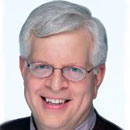


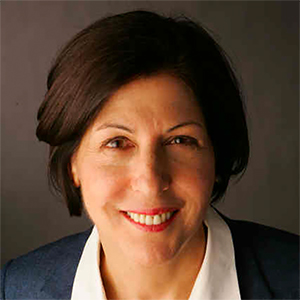





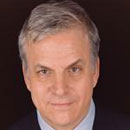























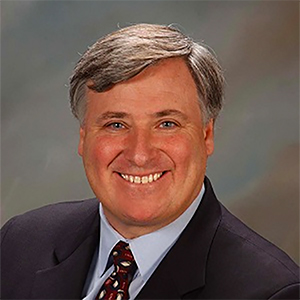

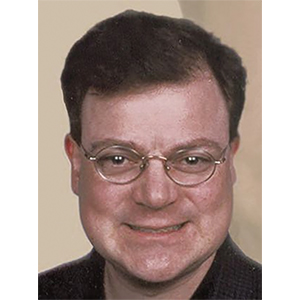


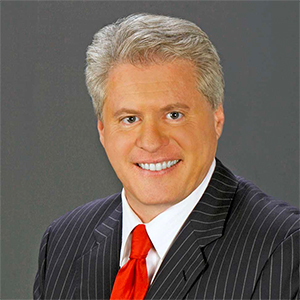

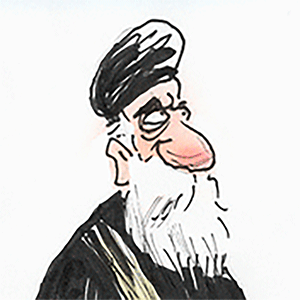




Comments